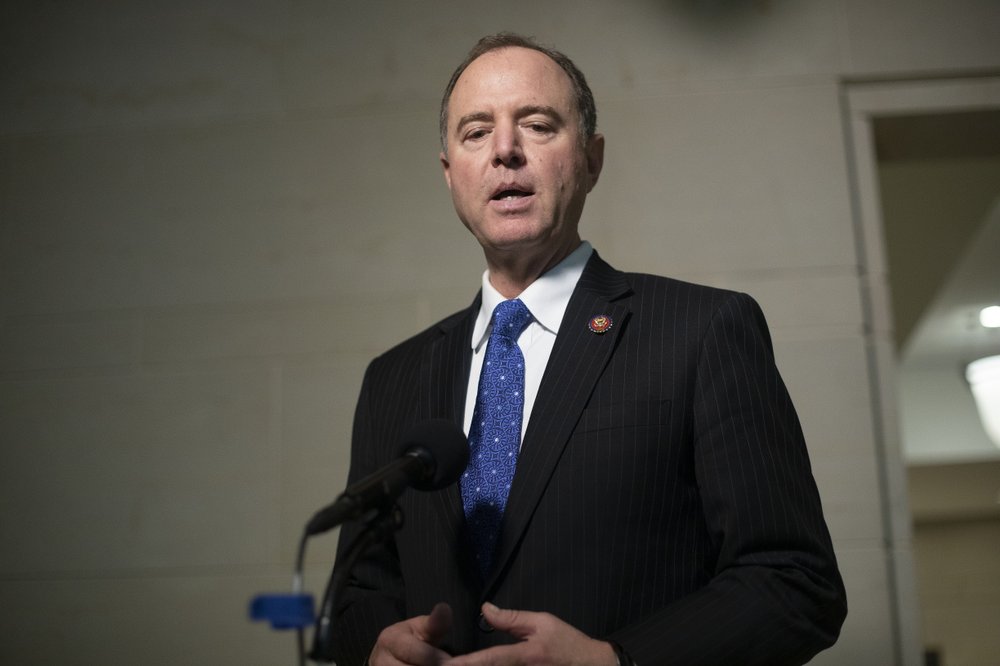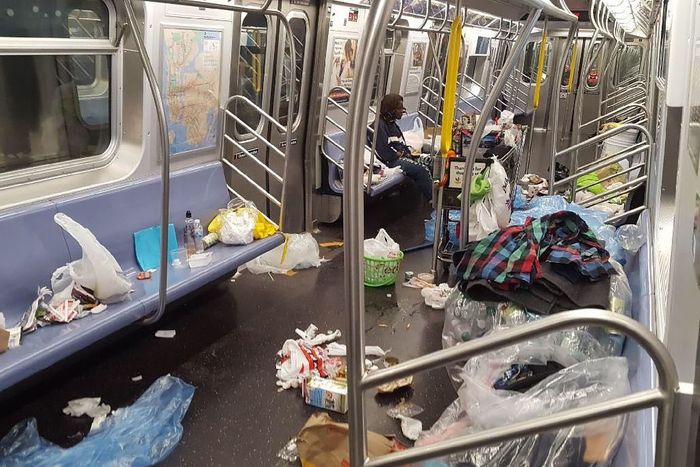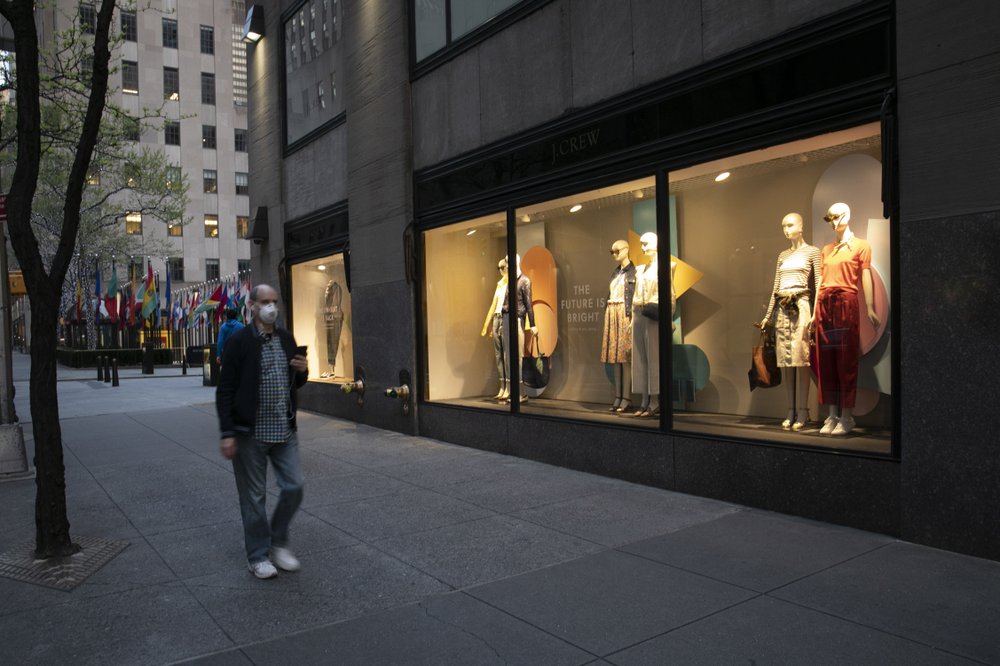Jewish pride is not something we should hide—I learned that a long time ago from an organization called the Hebrew Immigrant Aid Society
After six weeks of writing only about the coronavirus, finally, I can sink my teeth into a good-old-fashioned Jewish controversy. The controversy, as I see it, is this: For a Jewish organization such as HIAS, what is the appropriate balance between helping Jews versus non-Jews?
The issue caught my eye because of a related controversy: The nomination of HIAS immediate past chairman Dianne Lob as the new chairman of the Conference of Presidents of Major American Jewish Organizations.
The backlash against the nomination from some right-wing groups has been heated, with HIAS being accused, under Lob’s tenure, of associating with anti-Israel and anti-Semitic forces, prioritizing Muslim refugees and failing to advocate for Israel and Jews.
I’ll leave the controversy over Lob’s nomination to others. I’m more interested in HIAS’s responsibility as a Jewish organization. As far as I’m concerned, HIAS has every right to assist non-Jewish refugees in any global hotspot, regardless of religion or ethnicity. The notion that most of the refugees they help are Muslim doesn’t faze me one bit.
What does faze me is this: What about the Jews?
I grew up with HIAS. When my family emigrated from the warm Mediterranean climate of Casablanca to the frigid winters of Montreal in the 1960s, it was HIAS who helped us with everything from lodging to furniture to winter coats. When stuff would just appear at our apartment, I would often ask my mother, “Where does this come from?” and she’d always answer: “La JIAS!” (JIAS was the Canadian equivalent).
This was my introduction to Jewish solidarity.
Years later, as I got more involved with the Jewish community, I came to recognize the unique power of Jewish peoplehood. I would imagine wealthy Ashkenazi Jews at some HIAS fundraiser in Beverly Hills in the 1960s hearing this appeal: “Our Jewish brothers and sisters in Morocco need your help!”
All they needed to know was that we were Jewish, and they stepped up. Who cares if we looked nothing like them and had totally different customs and traditions? Jewish was enough. To this day, that idea still moves my heart: Jewish was enough.
In America, I came to value the ideal of Jews helping non-Jews. If we are to be a light unto the nations, it’s not enough to help our own. We were once struggling immigrants and refugees, so why not help the new ones? Every human being is created in the image of God.
That’s why I find it virtuous when a Jewish organization such as HIAS shows compassion for refugees of all races and religions.
I come back, though, to my earlier question: What about the Jews?
Have Jews succeeded so well that we no longer need assistance?
Have we run out of Jews throughout the world who are endangered by anti-Semitism, poverty, isolation or other hardships? Are there no persecuted Jews who’d love nothing better than to make a new life in America, Canada or, say, Israel?
I’m not suggesting HIAS has totally abandoned Jews. A January 2017 article in the Forward noted that during the previous year, HIAS assisted 4,188 people from 36 different countries—169 of whom were Jewish, mainly from Ukraine and Iran.
That’s 4 percent.
I guess that’s better than zero, but, seriously, a Jewish organization can’t do more than that?
I get it. The world has changed. When HIAS was founded in 1881, there was no shortage of Jewish refugees who needed help, primarily those fleeing pogroms in Russia and Eastern Europe. This focus on Jews lasted for well over 100 years.
“Starting in the 2000s,” its website explains, “HIAS expanded our resettlement work to include assistance to non-Jewish refugees, meaning we became involved in the aftermath of conflicts from Afghanistan, Bosnia, Bulgaria, Czechoslovakia, Ethiopia, Haiti, Hungary, Iran, Morocco, Poland, Romania, Tunisia, Vietnam, and the successor states to the former Soviet Union.”
I applaud all that. But when HIAS uses language like “expanded” and “include,” it suggests that Jews are still very much in the picture. Are they? I went through the HIAS annual report and couldn’t find one program to help Jews. Why not?
The world may have changed, but it’s not as if there are no longer Jews in trouble, as any recent ADL report on the rise in anti-Semitism can attest. In fact, just this week, a bipartisan group of 28 senators asked for more funding to fight global anti-Semitism, writing: “Tragically, 75 years after the end of the Holocaust, [anti-Semitism] is on the rise around the world.”
I realize there are Jewish groups like the Jewish Agency and Nefesh B’ Nefesh that help Jews emigrate to Israel, and groups like the American Jewish Joint Distribution Committee (JDC), or the “Joint,” that assist Jews throughout the world. But with its unique and deep expertise in the complex field of immigration and resettlement, HIAS can certainly add a valuable Jewish contribution.
I realize also that “immigrant” is not the same as “refugee” and that the great majority of refugees today are not Jewish. But why not “grandfather” in some immigration assistance to Jews who may not technically qualify as “refugees,” but who feel under siege due to growing anti-Semitism or are experiencing extraordinary hardships?
Aren’t they worth helping too?
In any case, while HIAS acknowledges that it is a Jewish organization, it’s worth noting that it has abandoned what its name stands for: Hebrew Immigrant Aid Society.
As its website explains: “As we expanded our mission to protect and assist refugees of all faiths and ethnicities, we realized our name no longer represented the organization.”
So they kept the initials, but lost the words. If a little kid in Kenya or Syria wonders what the acronym HIAS stands for, I guess they can just ask Google.
But regardless of who HIAS is helping, why downplay its “Hebrew” identity? After all, if Jews seek to be a light unto the nations, don’t we want to identify as Jews when we do, in fact, help those nations?
In its annual report, HIAS makes a big deal of its Jewish character and its pride in honoring Jewish values. If this Jewish pride and identity is good enough for donors, why not for the outside world?
I once asked the late Rabbi Harold Schulweis why he named his anti-genocide group Jewish World Watch, instead of something more universal, like Genocide Watch. I don’t remember his exact words, but I remember his point: He wanted the world to know that Jews were behind the initiative. That was as essential as anything else.
HIAS is a major Jewish organization, with an annual revenue of just over $50 million. I can’t see why they couldn’t allocate 4 percent of that budget– $2 million– to a “Jewish desk” dedicated solely to its century-old mission expressed in the first two letters of its acronym: “Hebrew Immigrant.” Will they find enough Jews who need assistance? I have little doubt.
In the meantime, HIAS can use some of its budget to fully reclaim its Jewish name. Jewish pride is not something we should hide.
I learned that a long time ago from an organization named Hebrew Immigrant Aid Society. (JNS.org)
David Suissa is editor-in-chief and publisher of Tribe Media Corp and Jewish Journal. He can be reached at [email protected].
This article was first published by the Jewish Journal.
















